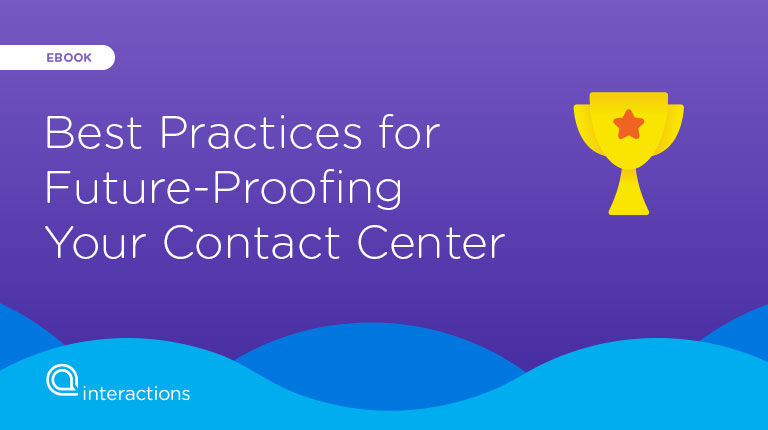The past decade saw artificial intelligence (AI) advance leaps and bounds; We met Siri, IBM Watson won Jeopardy, and an artificial neural network diagnosed cancer more accurately than skilled doctors. Now, AI is seemingly everywhere, used in kitchen appliances and delivery robots, dating apps and streaming services. Its wide range of use cases is a testament to AI’s versatility, but it’s also led to a common misconception: that AI can fix all of our problems.
Most recently, we see this sentiment in response to coronavirus, with dramatic headlines asking why AI hasn’t yet swooped in to solve the pandemic. On a recent episode of my company’s podcast, we invited Karen Hao, an AI reporter at MIT Tech Review, to discuss. “In reality, the problems at the heart of the severity of the pandemic are not technology problems,” she said. “People act like AI is the solution to everything, but anytime someone says ‘X technology is the solution to X problem,’ they cannot be correct.”
What we’re seeing today—the false notion that AI is a one size fits all, comprehensive solution—is not new. In fact, it underscores a longstanding fallacy in the business world: that developing a “core competency” around AI will lead to success. Now more than ever, it’s clear to me that the most productive approach to AI starts with three critical steps.
Recognize That AI Itself Won’t Drive Results
When you think about what’s happening in the world today, it’s clear that no one technology, AI-powered or otherwise, will solve our current challenges. AI, which is being used in virus forecasting, health screenings, and elsewhere, is just one component of a complex solution. While no business challenges measure up to the humbling magnitude of the pandemic, the underlying message about AI’s role holds true: technology by itself isn’t the answer.
As the CEO of a conversational AI company, it may come as a surprise that I want people to understand that AI by itself doesn’t drive results. In fact, to focus on the use of any single technology over the value it potentially can deliver as part of a more comprehensive solution is problematic. AI can be part of a project—an important cog in the machine—but it should never be mistaken for the project. If it is, it’s safe to say you won’t be achieving the results you’re looking for.
Ask What Exactly You Want To Address And Identify The Desired Outcome
Part of the beauty of AI is that it can be applied in a variety of solutions, for a range of beneficial outcomes. But sometimes, too many options can lead to indecision and confusion. Are you measuring the accuracy of a forecast, the amount of hours saved in operational efficiency, or something else?
Think about this: Right now, AI is assisting doctors treating COVID-19 patients and helping researchers more quickly find a vaccine. In business, it’s helping predict market demand for video streaming services and supporting airlines with a high volume of customer calls. “Success” in each of these scenarios won’t look the same because each desired outcome is very different.
When any organization adopts AI, the overarching goal of deploying the technology needs to be crystal clear early on. This way, you can accurately track progress and make informed decisions about where that technology can and should be applied next.
Communicate Across Your Organization
More often than not, AI adoption is viewed as purely a technology decision, confined to its own silo. In reality, it’s never just a technology decision, it’s always a business decision, and one that can impact hundreds if not thousands of people across an organization. To make it work effectively, you need everyone involved to know how and why it’s being used, and what success looks like.
I’ve found it helpful to think of introducing new technology like a puzzle. If AI is just a piece of a larger puzzle, everyone involved needs to know where the pieces are, how the pieces are shaped, and importantly, what the full puzzle will look like when it’s finished. Reaching this level of common understanding requires information to be pulled out of silos and shared across teams. This process is easier said than done, but it’s arguably the most crucial step towards a meaningful AI deployment.
We’re seeing a similar need for collaborative problem-solving in our world today. If AI alone isn’t going to solve the pandemic, what is? Hao suggested that the solution lies in leadership. She explained: “We’re not aligning all of the different actors that need to come together and fix this problem.”
In the end, the only fool-proof way for AI to make a meaningful impact is with the right people and processes to support it. While it’s increasingly tempting to jump on the AI bandwagon, particularly when there’s a pressing problem at hand, it’s critical to understand that AI in and of itself isn’t a solution. Instead, it’s an enabler that, when properly applied in the context of well-defined business objectives, has the potential to add tremendous benefits.





